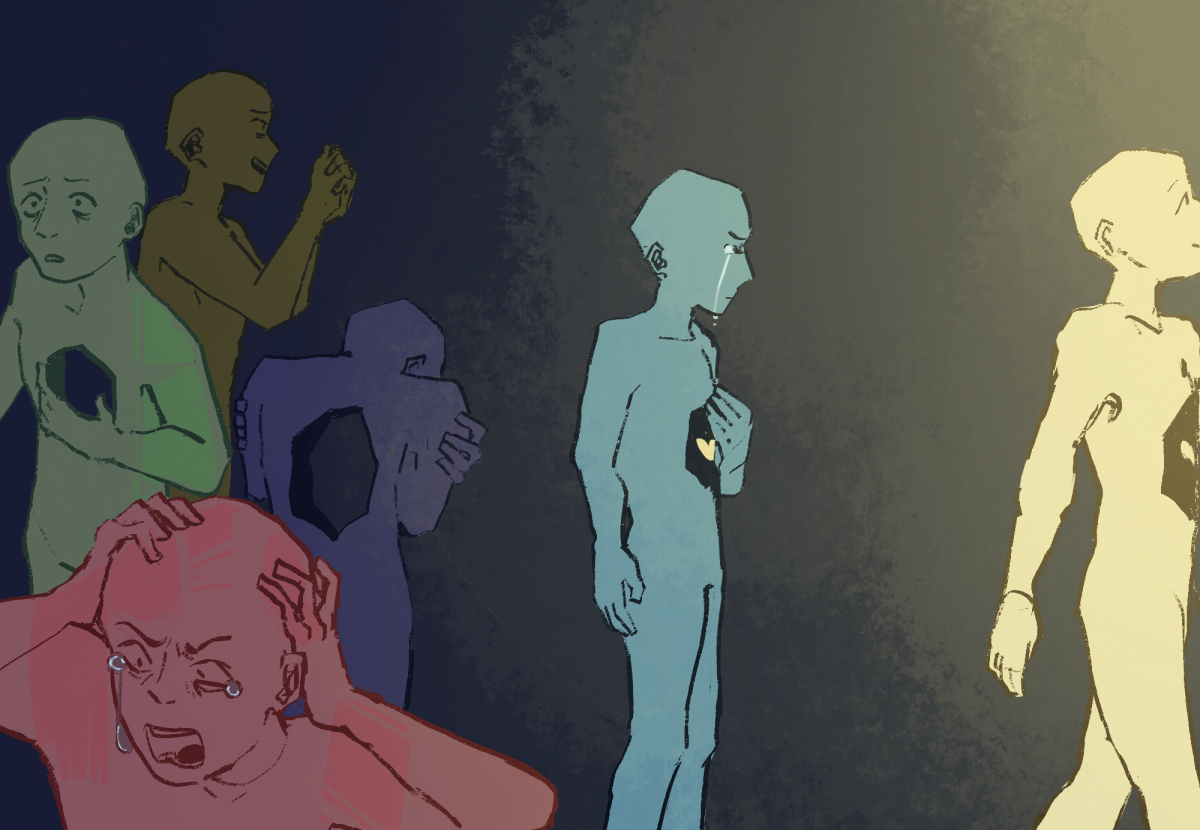By Chad Arias / Editor’s Assistant
By Chad Arias / Editor’s Assistant
Adam and Eve lived in paradise, but God gave them one rule: “don’t eat the apple.” What did Eve do? She bit the apple and gave it to Adam.
From the very beginning, human nature has instilled a sense of curiosity and rebellion into our minds. The word “no” acts as an obstacle that spurs people on to do the action even more.
The FDA has set out on a vendetta to attack cigarettes by placing giant warning labels that cover half of the box.
These new warnings are far from the typical “May cause lung cancer” in small print on the side of the box.
These new and improved labels feature a variety of different pictures having to do with the negative effects of smoking cigarettes.
Since Americans are largely illiterate, the FDA found it necessary to communicate through large pictures rather than words.
The intention of the new labels is to show that smoking is no laughing matter, but the outcome is far from it.
The pictures being proposed are outrageously absurd and may backfire if released to the public.
Some of the images include a smoker blowing fumes right into a newborn baby’s face, the text over the top reading “Tobacco can harm your children.”
Another has a pack of cigarettes with an arrow leading to a tombstone that says “R.I.P.”
The labels are the same old anti-smoking propaganda that the public has become accustomed to.
From the time a child enters grade school, they are bombarded with images of death, destruction, and disease, all in hopes to prevent smoking.
These tactics may work on the majority of the public, but an estimated 20 percent of adults still smoke cigarettes.
Does the FDA think that these warning labels are going to change anything?
While smokers may be killing themselves, they are not ignorant to the fact that they are doing so.
It’s common knowledge that cigarettes are unhealthy and will probably lead to death.
Research shows the facts, commercials show the public, and the rest is left up to the individual.
When an overly zealous attempt is made to stop people from doing something, their first reaction is to do more of it.
In the 1980s, a similar approach was taken with cigarettes. Cigarette boxes were made pure black and featured a skull and crossbones on it.
This new design was supposed to lower the amount of cigarettes being purchased, but it ended up doing the opposite.
Cigarettes sales rose even higher and the FDA quickly removed the packaging.
The point is that people who smoke will continue to do so until they die or decide to quit.
Either way, the choice is in their hands and no one else’s.
Yes, the government should show concern about America’s health, but they are really missing the target on this one.
Warning labels will not affect a smoker’s perception of cigarettes because they are already addicted.
Like drugs or alcohol, nicotine is highly addictive and a few pictures aren’t going to break that.
The labels may achieve the FDA’s goal of influencing a person never to try their first cigarette, but other than that it falls short.
For smokers, the labels will serve to do nothing more then entertain.
If the FDA is so worried about Americans health, then why aren’t there warning labels on Big Macs at McDonald’s?
In America, 63.1 percent of adults are over weight or obese.
It seems that food containing large amounts of fat should come with a warning as well.
Even if this did happen, would people really stop eating Big Macs?
Human nature is too strong for a couple of warning labels to make any difference.
Smoking is a highly controversial issue with the public either for it or against it.
Prevention tactics are everywhere so the entire population already knows that cigarettes are deadly.
When a person decides to pick up that cigarette and take a drag they are making their own personal decision.
The risks are known, but for whatever reason that person makes a conscious choice to smoke.
Whether or not a large warning is staring them back in the face does not effect the outcome.






